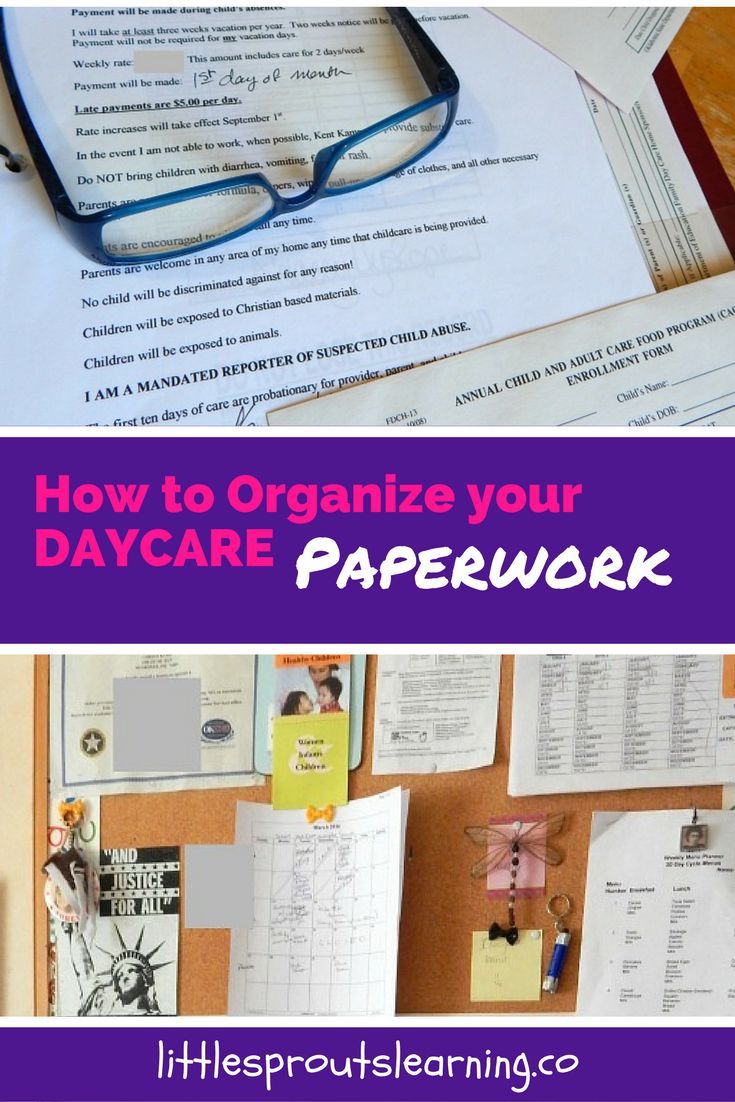Essential Paperwork for Starting a Construction Project

Overview of Necessary Documentation

Starting a construction project is a complex task that involves careful planning and a significant amount of paperwork. From securing permits to detailed project planning, each document plays a crucial role in ensuring the project’s success and compliance with legal standards. Here, we will explore the essential documentation needed to start a construction project, providing a roadmap for both beginners and seasoned builders.
Planning Permissions and Permits

The first step in any construction project often involves obtaining the necessary planning permissions and building permits. These permissions ensure that your project complies with zoning laws, environmental regulations, and building codes.
- Planning Permission: Required for changes in the use of land or buildings, new constructions, or major renovations. This permission is usually granted by a local planning authority after a thorough review of your project proposal.
- Building Permits: After securing planning permission, you’ll need specific building permits for the construction or renovation work. This permit confirms that your plans meet safety standards and building codes.
🔍 Note: The process and requirements for obtaining permits can differ significantly by location, so always check local regulations.
Detailed Project Plans

Once permissions are secured, detailed project plans are essential:
- Architectural Drawings: These provide a visual representation of the project, showing layouts, elevations, and cross-sections.
- Structural Engineering Drawings: These plans detail the structural design, ensuring stability and safety of the construction.
- Mechanical, Electrical, and Plumbing (MEP) Plans: Essential for the utility systems in the building.
These documents not only guide the builders but also serve as references for any future alterations or inspections.
Contracts and Agreements

Contracts define the scope of work, payment schedules, and responsibilities:
- Construction Contract: Outlines the terms between the owner and contractor.
- Subcontractor Agreements: Detail work to be done by subcontractors.
- Supply Contracts: Agreements with suppliers for materials.
Environmental Impact Assessment

For larger projects or those in sensitive areas, an Environmental Impact Assessment (EIA) might be necessary:
- To assess how the project will impact the environment.
- To propose mitigation measures.
This document is crucial for gaining approval in areas with environmental considerations.
Health and Safety Documentation

Safety is paramount in construction. The following documents are critical:
- Health and Safety Plan: Outlines how risks will be managed.
- Risk Assessments: Identify and manage potential hazards.
- Method Statements: Detail how certain tasks will be carried out safely.
Insurance and Bonds

Protecting all parties involved is a significant part of starting a project:
- Liability Insurance: To cover injuries or damages on-site.
- Performance Bonds: Ensures the contractor fulfills the contract obligations.
- Workers Compensation: Mandatory in many places to cover employee injuries.
Land and Property Documentation

Before any construction can begin:
- Land Title: Prove ownership or rights to use the land.
- Survey and Boundary Plans: To accurately define the construction area.
- Easements and Covenants: Detail rights or restrictions on the property.
💡 Note: Land documentation is vital as it lays the foundation for all other project permissions.
Financial Documentation

Budgeting and funding are core to the project:
- Project Budget: A detailed forecast of expenses.
- Funding Documents: Agreements or documentation related to loans, investments, or funding sources.
- Payment Schedules: How and when payments will be made.
Compliance and Regulatory Filings

Besides permits, other regulatory filings include:
- Notices to Proceed: Official document to start construction.
- Building Code Compliance: Ensuring the project adheres to local building codes.
- Environmental Compliance: Ensuring the project adheres to environmental regulations.
Coordination and Change Management
Throughout the project:
- Change Orders: For any modifications to the initial plan.
- Project Management Plans: How the project will be coordinated, including communication channels.
- Progress Reports: Regular updates on project advancement.
End Thoughts
Navigating the paperwork for a construction project is an integral part of ensuring that your project adheres to legal and safety standards. By preparing all necessary documents from the start, you lay a solid foundation for your project’s success, reducing the risk of legal issues, fines, or project delays. Each document serves as a roadmap, guiding all involved parties through the construction journey, ensuring clarity, and providing a reference for any future disputes or modifications.
What happens if I build without obtaining the required permits?

+
Building without the necessary permits can result in fines, stop-work orders, or even the demolition of the construction. It can also lead to issues with insurance claims and future property sales.
How long does it typically take to get a building permit?

+
The time to obtain a building permit varies greatly by location, project complexity, and local regulations. It might range from a few weeks to several months.
Can environmental impact assessments be bypassed?

+
No, for projects that are likely to have significant environmental effects, an EIA is mandatory. Bypassing this can lead to project cancellation or significant legal repercussions.
What are the consequences of not having proper insurance?

+
Without proper insurance, contractors or owners might face financial liabilities due to accidents, injuries, or property damage during construction, potentially leading to significant financial losses.



